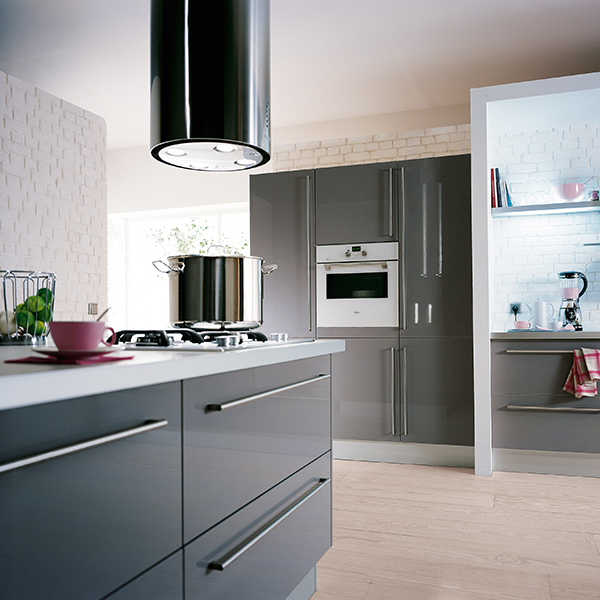Zinc alloy material Characteristics and material types
Zinc alloy characteristics:
•High strength and hardness
•Excellent electrical conductivity
•High thermal conductivity
•Low cost raw material
•High dimensional accuracy and stability
•Excellent thin wall capability
•Ability to cold form, which eases joining
•High quality finishing characteristics
•Outstanding corrosion resistance
•Full recyclability
Zinc’s high strength and hardness lends itself to many solutions and it’s the ideal alternative to machined, pressed, stamped, and fabricated components.
ZAMAK 2
Zinc Alloy 2, also known as Kirksite or Zamak 2 (ASTM AC43A), is the highest strength and hardness of the Zamak family. This alloy has excellent casting characteristics including:
•A higher creep performance than other Zamak alloys
•Excellent damping capacity and vibration attenuation in comparison to aluminum die cast alloys
•High strength and hardness levels after long-term aging
ZAMAK 3
Zamak 3 (ASTM AG40A), or Zinc Alloy 3, is the most widely used zinc alloy in North America and is usually the first choice when considering zinc for die casting for a number of reasons.
•Excellent balance of desirable physical and mechanical properties
•Superb castability and long-term dimensional stability
•Excellent finishing characteristics for plating, painting, and chromate treatments
•Excellent damping capacity and vibration attenuation in comparison to aluminum die cast alloys
When it comes to die casting, Zamak 3 is the standard by which other zinc alloys are rated.
ZAMAK 5
Zamak 5 (ASTM AC41A) or Zinc Alloy 5, is the most widely used zinc alloy in Europe.
•It has a higher copper content than Zamak 3, which results in higher strength
•It has less ductility (decreased elongation) than Zamak 3
•Designers must keep in mind that this reduction in ductility can affect formability during secondary operations such as bending, riveting, swaging, or crimping operations
•Because of the wide availability of Zamak 3, component engineers often strengthen components by design modifications instead of using Zamak 5
•When a measure of tensile performance is needed, Zamak 5 castings are recommended.
•Zamak 5 is more readily plated, finished, and machined than Alloy 3
